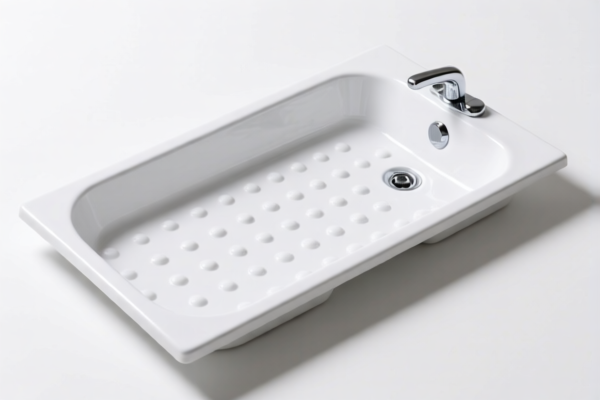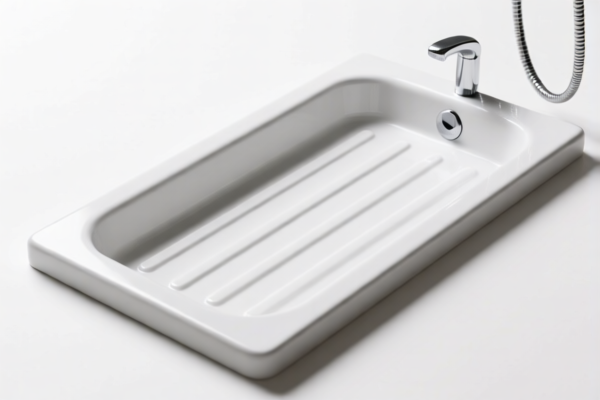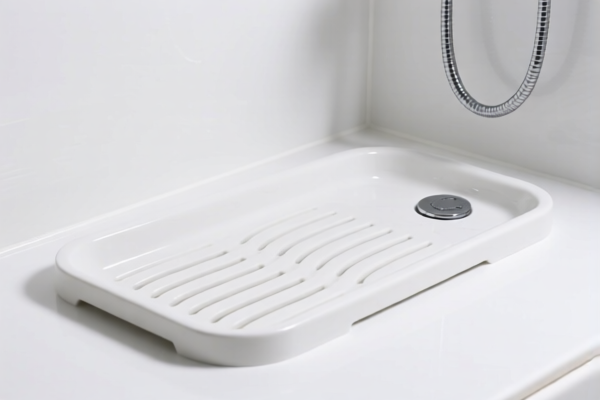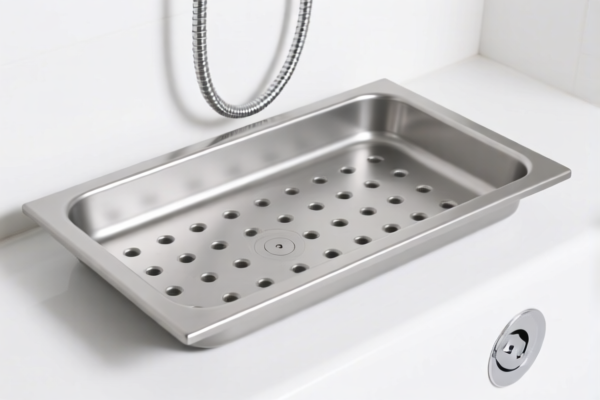| HS Code | Official Doc | Tariff Rate | Origin | Destination | Effective Date |
|---|---|---|---|---|---|
| 7324900000 | Doc | 80.0% | CN | US | 2025-05-12 |
| 8306100000 | Doc | 35.8% | CN | US | 2025-05-12 |
| 8306290000 | Doc | 30.0% | CN | US | 2025-05-12 |
| 8304000000 | Doc | 33.9% | CN | US | 2025-05-12 |
| 6304996040 | Doc | 33.2% | CN | US | 2025-05-12 |
| 6304996030 | Doc | 33.2% | CN | US | 2025-05-12 |
| 3924104000 | Doc | 33.4% | CN | US | 2025-05-12 |
| 3924900500 | Doc | 40.6% | CN | US | 2025-05-12 |
| 3926901600 | Doc | 40.6% | CN | US | 2025-05-12 |
| 3926901600 | Doc | 40.6% | CN | US | 2025-05-12 |
| 6911900010 | Doc | 42.9% | CN | US | 2025-05-12 |
| 6912005000 | Doc | 36.0% | CN | US | 2025-05-12 |




Toilet Tray
A toilet tray, also known as a toilet underlay, bathroom tray, or commode tray, is a protective barrier placed beneath a portable toilet or commode chair. It serves a crucial function in managing waste and maintaining hygiene, particularly for individuals with limited mobility or in situations where access to standard plumbing is unavailable.
Material
Toilet trays are constructed from a variety of materials, each offering different benefits:
- Plastic: The most common material due to its affordability, durability, and ease of cleaning. High-density polyethylene (HDPE) and polypropylene are frequently used.
- Cardboard: Disposable cardboard trays are available for temporary use, often lined with absorbent materials.
- Metal: Stainless steel trays are less common, generally used in healthcare or institutional settings where robust sanitation and frequent disinfection are required.
- Rubber: Some trays incorporate rubber elements for added stability and leak prevention.
Purpose
The primary purpose of a toilet tray is to:
- Contain Waste: To collect and hold human waste when a standard toilet is inaccessible or unavailable.
- Prevent Odor: Many trays include absorbent pads or chemicals to minimize odors.
- Protect Flooring: To shield floors from spills, stains, and potential damage.
- Facilitate Hygiene: To simplify waste disposal and cleaning processes.
Function
A typical toilet tray functions as follows:
- Placement: The tray is positioned directly beneath the portable toilet or commode chair.
- Waste Collection: Waste from the toilet is deposited into the tray.
- Absorption/Containment: Absorbent pads or liners within the tray soak up liquids and control odors. Some trays feature sealed designs to prevent leaks.
- Disposal: Once full, the tray or its liner is disposed of according to local regulations. Some trays are reusable and can be emptied and disinfected.
Usage Scenarios
Toilet trays are employed in a diverse range of situations:
- Medical Recovery: For patients recovering from surgery or illness who have limited mobility.
- Elderly Care: For individuals with incontinence or difficulty using standard toilets.
- Camping/Outdoor Events: As a sanitary solution in remote locations without toilet facilities.
- Disaster Relief: Providing sanitation in emergency situations.
- Construction Sites: Temporary toilet facilities for workers.
- RV/Boat Use: For toilets without direct sewage connections.
Common Types
- Disposable Cardboard Trays: Single-use, lined with absorbent materials. Suitable for short-term use.
- Reusable Plastic Trays: Durable and washable, often with a lid for odor control.
- Commode Chair Trays: Specifically designed to fit under commode chairs, with secure attachment mechanisms.
- Absorbent Pad Trays: Feature absorbent pads that can be replaced as needed.
- Chemical Trays: Contain chemicals to neutralize odors and break down waste.
- Stackable Trays: Designed for efficient storage and transport.
Toilet trays fall under several potential classifications depending on their material composition. Here's a breakdown of relevant HS codes based on the provided information:
-
6911900010: This code covers “Other Toilet articles” of porcelain or china. This would apply if the toilet tray is made of porcelain or china. The first two digits (69) indicate Chapter 69, covering ceramic products. The next four digits (1190) specify toilet articles, and the final digits (0010) further define “Other Toilet articles”. The basic duty is 5.4%, with an additional duty of 7.5%, totaling 42.9%.
-
6912005000: This code covers “Other” ceramic tableware, kitchenware, other household articles and toilet articles, other than of porcelain or china. If the tray is ceramic but not made of porcelain or china, this code applies. The first two digits (69) indicate Chapter 69, covering ceramic products. The next four digits (1200) specify tableware, kitchenware, etc., and the final digits (5000) further define “Other”. The basic duty is 6.0%, totaling 36.0%.
-
3924104000: This code covers “Other” tableware and kitchenware of plastics. If the toilet tray is made of plastic, this code is applicable. The first two digits (39) indicate Chapter 39, covering plastics and articles thereof. The next four digits (2410) specify tableware and kitchenware, and the final digits (4000) further define “Other”. The basic duty is 3.4%, totaling 33.4%.
-
3924900500: This code covers “Other” nursing nipples and finger cots of plastics. While not a direct match, if the toilet tray is a small, plastic item resembling a finger cot in shape or function, this code might be considered. The first two digits (39) indicate Chapter 39, covering plastics and articles thereof. The next four digits (2490) specify other tableware, kitchenware, etc., and the final digits (0050) further define “Nursing nipples and finger cots”. The basic duty is 3.1%, with an additional duty of 7.5%, totaling 40.6%.
-
6911900010: This code covers “Other Toilet articles” of porcelain or china. This would apply if the toilet tray is made of porcelain or china. The first two digits (69) indicate Chapter 69, covering ceramic products. The next four digits (1190) specify toilet articles, and the final digits (0010) further define “Other Toilet articles”. The basic duty is 5.4%, with an additional duty of 7.5%, totaling 42.9%.
Regarding HS code 6911900010 and 6912005000, please note the distinction between porcelain/china versus other ceramic materials. The material composition will determine the correct classification.
Customer Reviews
No reviews yet.